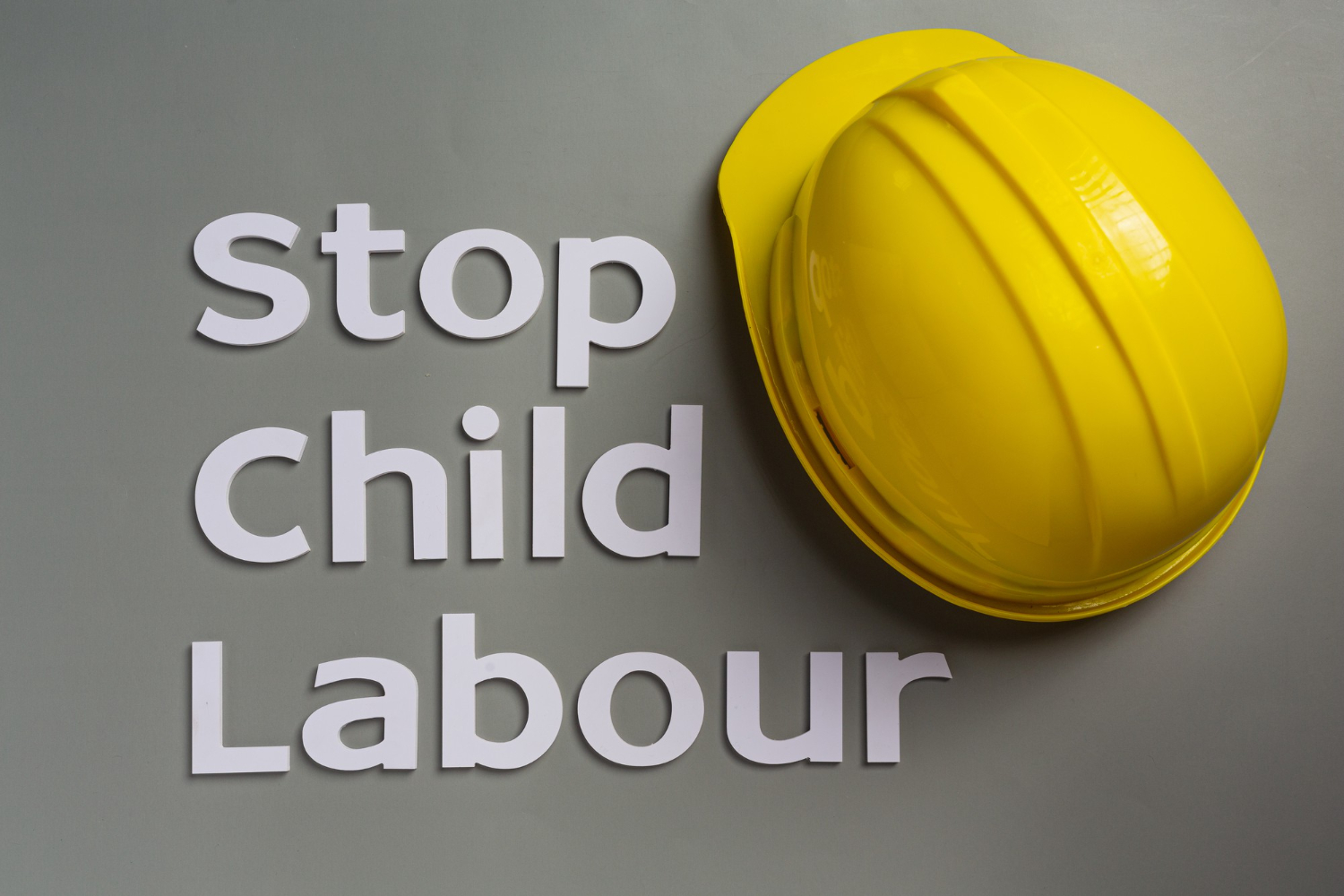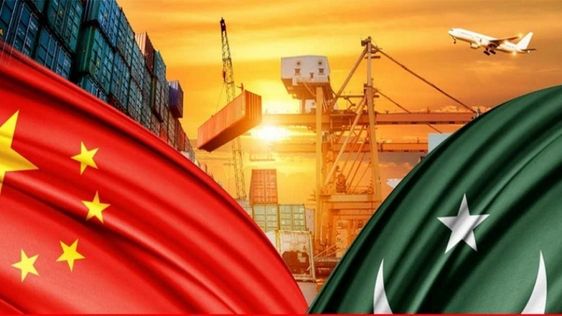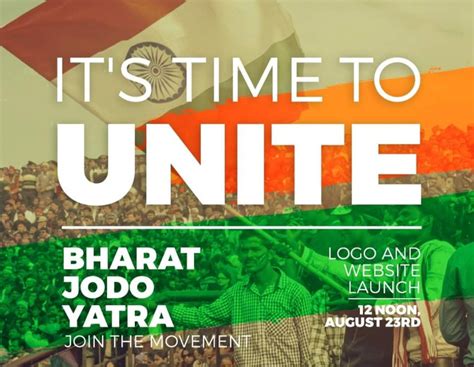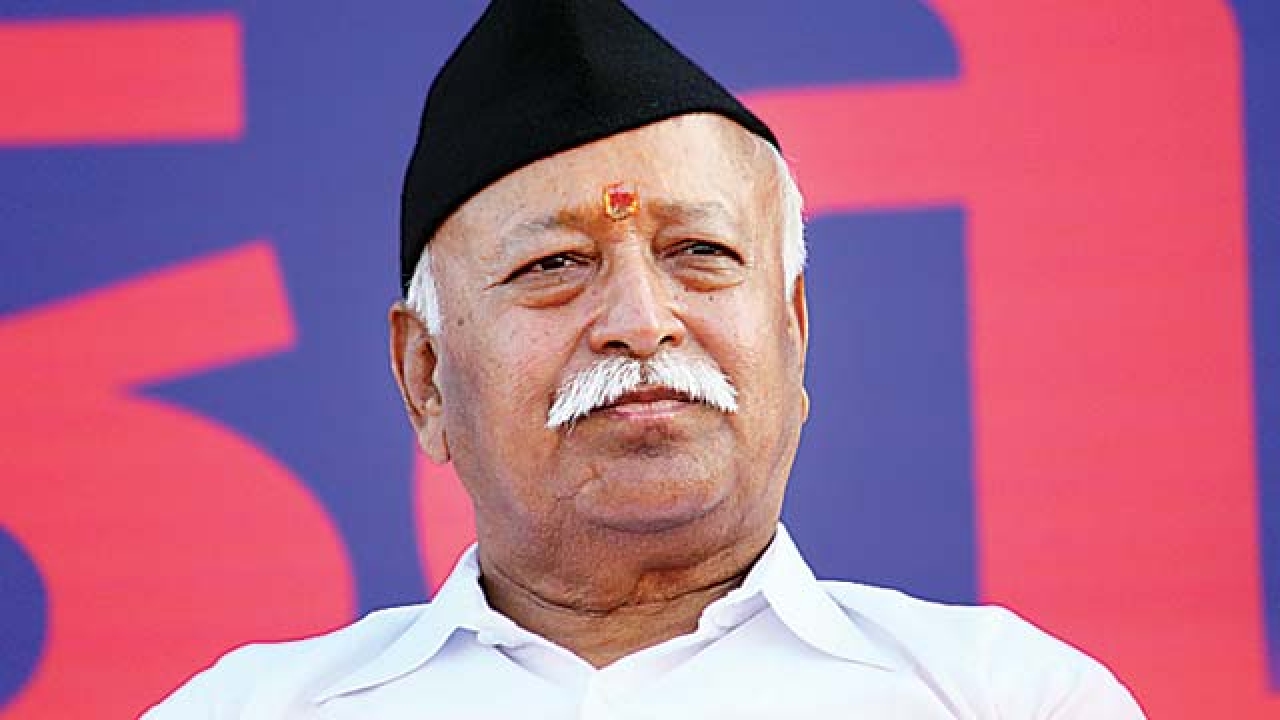Asia’s economy is expanding at the quickest rate in the world, yet a sizeable chunk of its workforce is young. The majority of child labourers are located in this area of the world. According to the International Labour Organization, half of all child labourers globally reside in the Asia-Pacific region. The most basic rights still remain unachieved for these children.
Despite the region’s substantial efforts and improvements to its legal systems, there is still more work to be done, notably in respect to human trafficking and the adoption of modern monitoring technologies to bolster enforcement. Nearly 10% of all children in the Asia-Pacific region still work as minors, totalling 78 million. Sadly, Asia-Pacific is the region with the greatest prevalence of child labour abusers, forced labourers, and human trafficking victims.
Children who labour in hazardous professions are included in estimates based on national household surveys, but many are under-counted because they engage in illegal or frequently inaccessible trades. Numerous individuals are ensnared in hazardous domestic employment, debt servitude, the prostitution trade, forced labour, or other unreported kinds of slavery. Additionally, studies that count child labourers usually depend on scant questionnaires or hurried evaluations, which don’t present a whole picture. Therefore, there must be a far greater actual number of juvenile labourers throughout Asia and the Pacific.
We do know, however, that more than 1.5 million children in India and Nepal are compelled to work in the manufacturing of bricks, carpets, carpet padding, and ornamented apparel. About 24% of Bangladeshi youngsters working in the dried fish industry are compelled to do so. There have been rumours that children in China are manufacturing gadgets and toys. In Thailand, Vietnam, and India, young people collaborate to create garments. In Myanmar, young people are employed by the sugar, teak, rubber, and bamboo industries. Thailand’s rice and shrimp industries employ children. The list goes on and on.
However, there is one characteristic that all child labourers have in common. For them, there is no freedom. They receive little or no compensation. At work, there are frequent threats of violence. They are renunciating their formal schooling and formative years.
These children share another trait in common: they originate from underprivileged or socially marginalised homes. Some kids are owed money by their parents, and they could even be exchanged between business partners. Some kids come from lower castes (in these circumstances, India, Bangladesh, or Nepal), and they are stuck in the poverty cycle where families get an advance payment and develop a lifetime bond to pay off debt. Other children, particularly those who are indigenous peoples or members of racial or religious minorities, frequently experience discrimination.
Even worse, children are not sufficiently protected by legislation, not even the most recent ones. The Child Labour (Prohibition and Regulation) Act of 1986 has just been amended in India, making it possible for children to work in family companies and the audio-visual entertainment industry. Due to the changes that were implemented last month, there may be more child labour now or in the future. Because these companies commonly operate out of homes, children who create carpets or polish stones may become targets of this classification. Other times, the law could increase the quantity of housework that girls must perform.
The fundamental issue is what the laws don’t address. Due to poverty, a lack of suitable adult employment, a lack of social safety, and a failure to ensure that all children attend school until they reach the legal minimum age, child labour is still a problem in this region. Governments would be better served if they addressed these challenges and took further steps to decrease child labour.
The global community is pleading with every government to take action. With the adoption of the proposed Sustainable Development Goals, the worst forms of child labour would be prohibited immediately, and forced labour would cease to exist after 2015. By 2025, the new goals aim to eradicate child labour in all of its forms, including the recruitment and employment of juvenile soldiers. According to the aims, all types of violence against women and girls, in both the public and private realms, are likewise to be eliminated. Countries should take major steps to prohibit all types of abuse and torture against children, eliminate human trafficking, and end child sexual exploitation. In five years, it will be difficult to imagine this condition in South Asia if socio-economic inequities are not addressed.
Since 2002, people all throughout the globe have reinforced the need to put an end to child labour, particularly in its harshest forms. On June 12, this year’s focus is on the importance of high-quality education as a key strategy in the fight against child labour. As a result, World Vision is urging the local leaders to take action.
Laws that are enforceable and effective should safeguard the employment minimum age. Laws should provide efficient child labour inspections and prohibit the use of children in hazardous jobs. Coordination between governments is essential, particularly to combat trafficking. Until they reach the legal age to start working, every kid should be entitled to a free, compulsory education that meets high standards. Action must be taken to assist individuals who are now employed as youngsters. Policies should also ensure that there is a sufficient level of investment in the teaching profession.
Yes, I think that tackling the root causes of child labour requires a comprehensive strategy that includes social protection and poverty reduction measures. Having a coordinated, comprehensive child protection system with reaction mechanisms is another element of the answer. Ratification of international treaties, the implementation of laws or regulations, and the creation of specialised methods to reach vulnerable families and children at the state level won’t be adequate, though, if society continues to tolerate child labour.
There are several actions that may be taken to act as a guide in the fight to stop child labour. Cultural beliefs that favour child labour can be changed by the media and civic society. The public’s knowledge of the detrimental consequences of child labour on the physical, emotional, psychological, and spiritual development of young children may be raised.
Consumers and shoppers have the capacity for wisdom. They have the right to request products whose supply chains don’t ever use child labour. Other major offenders in the Asia-Pacific area include carpets, bricks, fabrics adorned with rice, stones, dried fish, shrimp, rubber, bamboo, and sugar cane. Look for items that assure consumers that they weren’t made in a slave-like environment. We can become more savvy consumers and stop the worst forms of child labour by insisting on these things.
The elimination of hazardous behaviours and gender-based violence is possible through the implementation of preventative measures by families and religious groups. They have the authority to challenge societal expectations, biases, and stereotypes that covertly favour child labour. Millions of children are in need, but we can all do something to assist.








